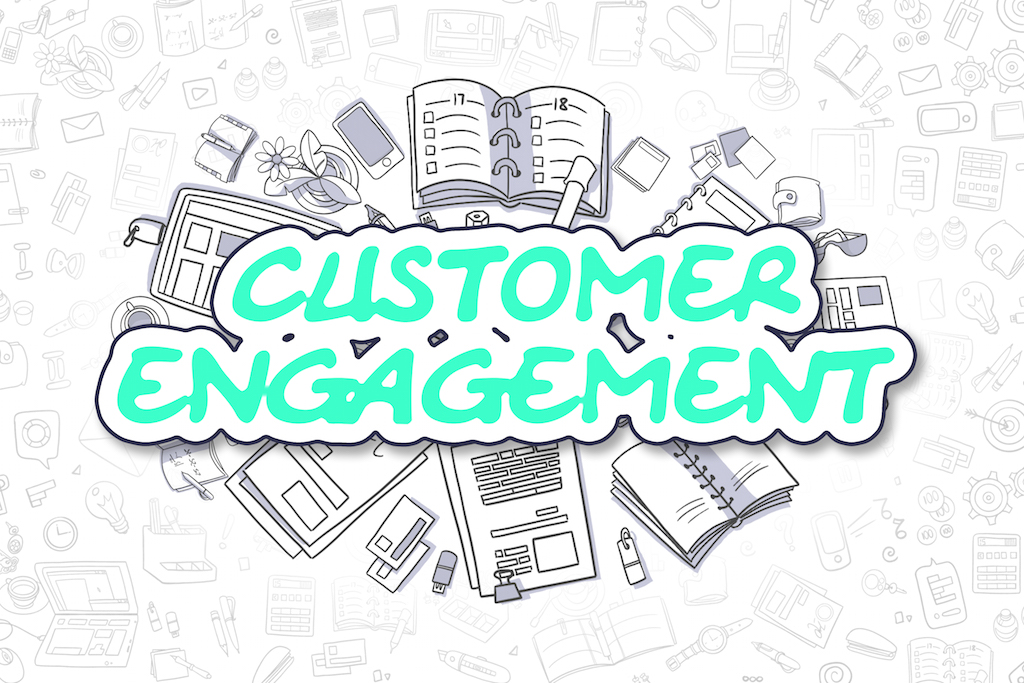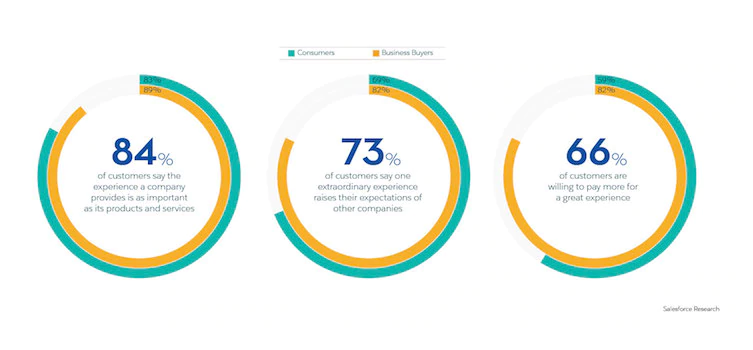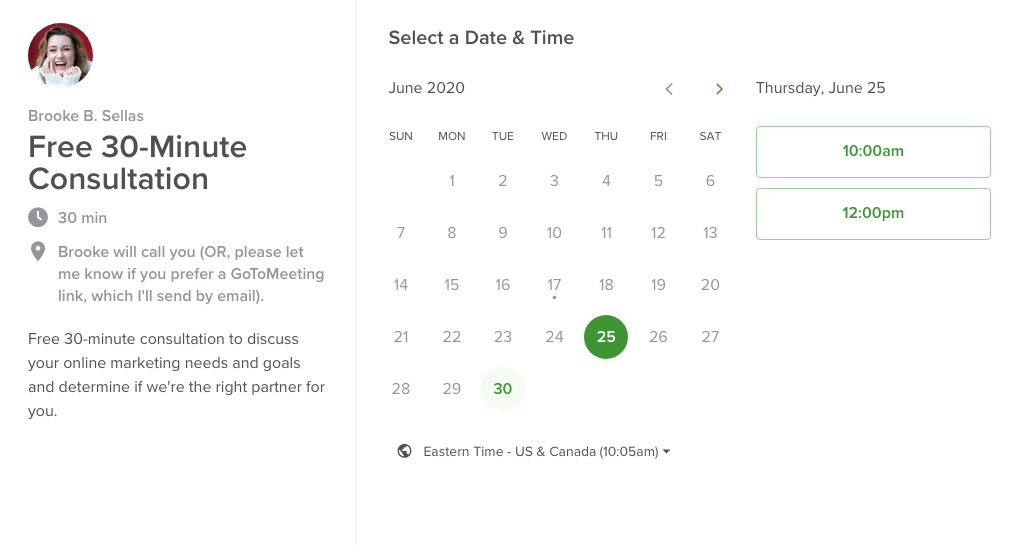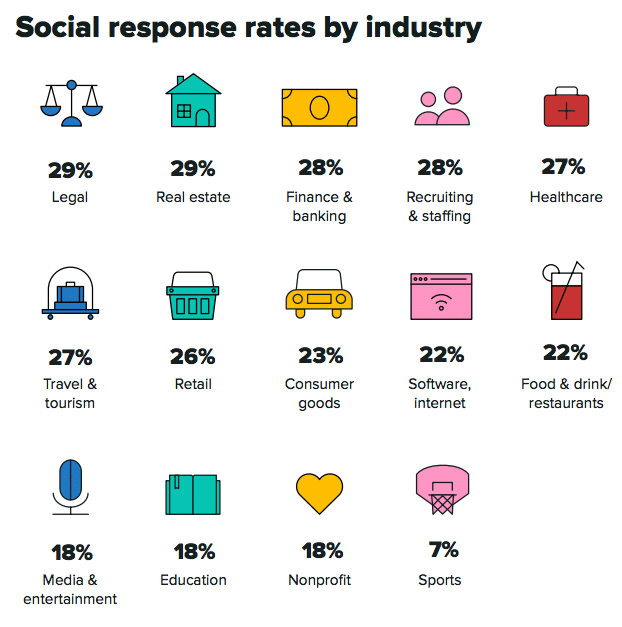
By Brooke B. Sellas, {grow} Contributing Columnist
Real-time customer engagement is one of the biggest challenges for marketers. And yet, it’s constantly on their top list of priorities.
Marketers must take a real-time approach to customer experience because customers now demand it. Furthermore, with tools like artificial intelligence and on-demand channels like social media, it’s a must for any serious brand.
Read on to see how your real-time customer engagement compares to high-performing marketers and brands.
Meeting Customer Expectations
To start, what do today’s customers want when it comes to customer engagement? Recent research from Salesforce clues us in …
- The quality of a company’s engagement is just as important as the quality of their product or service
- Exceptional customer engagement must include personalization, timeliness, and connectivity
- New technology, such as artificial intelligence, used to improve customer experiences is growing in acceptance
- To win customers’ business and loyalty there must be trust and ethics

To clarify, I want you to let the first one really sink in. Customers’ happiness depends as much on the quality of a company’s engagement as the quality of the product or service they’re buying.
The fact is, superior customer experience — which includes real-time customer experience — means you must be engaging your customers, not just managing them.
In other words, meeting customer expectations means we’re connecting with customers based on their needs. Whereas, if we’re being honest, most brands are merely manipulating customers to meet their own needs.
A Thought For Improving Customer Experience
Before we get into real-time customer experience, let’s talk about customer experience as a whole.
Marketers have been conditioned to think of customer experience as this larger-than-life rolling out of the red carpet for every person who buys from you. However, that’s the wrong approach (and nearly impossible!).
Instead, we need to realize that customers rate an experience based on it being painless and low-effort.
If your website is user-friendly, there’s no friction to finding information. If you’re providing self-service options, you’re improving the ability for consumers to engage more deeply with your brand. (hint: in those examples experience is happening in real-time)
I use Calendly right on my free consultation page so people interested in buying can see my calendar availability and book immediately on their own.

Again, self-service options don’t need to mean some complicated chatbot set up or AI acting as a human would.
Ask yourself how you can simplify customer and would-be customer “tasks” or actions.
Defining Real-Time Customer Experience
To start, when we talk about real-time customer experience what do we mean?
Simply put: It’s when we communicate in real-time with our customers to help solve their pain points. The communication can be in person or via an electronic medium, like a social media channel or Live Chat. The phone is real-time, too!
And while communicating in real-time has become easier than ever thanks to things like social media, Slack, and Zoom, we still aren’t very good at doing it. I believe this is because consumers expect immediacy on online channels (social media, webchat, bots, email) and yet, very few companies are set up to do this.
How quickly you respond online is critical. For example, Sprout Social found that 40% of consumers expect brands to respond within the first hour of reaching out on social media, while 79% expect a response in the first 24 hours.
But, just look at the response rates by industry. It’s obvious that brands have not put real-time customer experience first.

Real-time customer experience solves for two major things:
- It delights customers in the moment (real-time), and
- Depends greatly on responsiveness, or how quickly you engage
If you aren’t practicing those two things, your real-time customer engagement isn’t measuring up!
Improving Real-Time Customer Engagement
Most importantly, the connected consumer expects to be met where they are. No matter the medium or device. Their expectation is that we will meet them there with a solution that is best suited for the immediate situation.
WHO (& WHERE)
First things first, ask yourself where your customers are. Are you meeting them there?
If you’re unsure, use something as simple as a survey to understand where they expect you to be.
WHAT (& WHERE)
Secondly, take stock of your digital communities. These may be channels like:
- Live Chat on your website
- Online chatbots (website or social media)
- Social media channels
- Product forums
- Brand-owned online communities (for example Sephora’s Beauty Insider)
WHEN (& WHO)
Thirdly, evaluate your response times in those digital communities and channels.
Remember, the single largest engagement tool that any business has today is social media. And it provides the best line of real-time engagement with customers and prospects. Too many brands are using social as a sales broadcasting platform.
Instead, be customer-centric. Focus on social-first customer care.
- Have someone or a team of someones dedicated to customer care on your social channels.
- ‘Like’ and respond to customer comments and complaints.
- Document and utilize insightful customer comments in your overall strategy, with posts or ads.
WHY
Demand that your customers feel listened to, appreciated, and understood by your brand. Improving real-time customer engagement will pay off with both short-term and long-term influence on your overall customer experience rating.
Real-Time Customer Engagement Is Critical To CX
Focusing on real-time customer engagement builds customer loyalty and forging relationships. It’s important to have ongoing engagement with customers. It’s one of the most authentic ways to help customers feel like they’re part of a larger community.
As a result, trust and customer loyalty will be more easily won. And in today’s noisy world with endless options, that is worth its weight in gold.

Brooke B. Sellas is the Founder & CEO of B Squared Media, an award-winning done-for-you social media management, advertising, and customer care agency. She’s also Mark Schaefer’s Co-host on the top-rated Marketing Companion Podcast. Brooke’s marketing mantra is “Think Conversation, Not Campaign” so be sure to give her a shout on Twitter!


